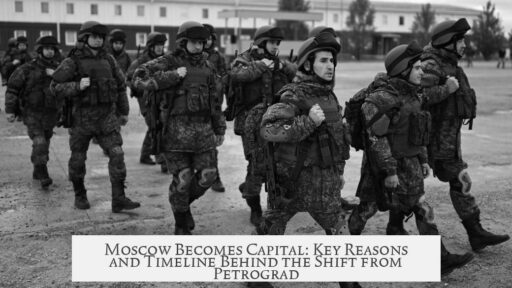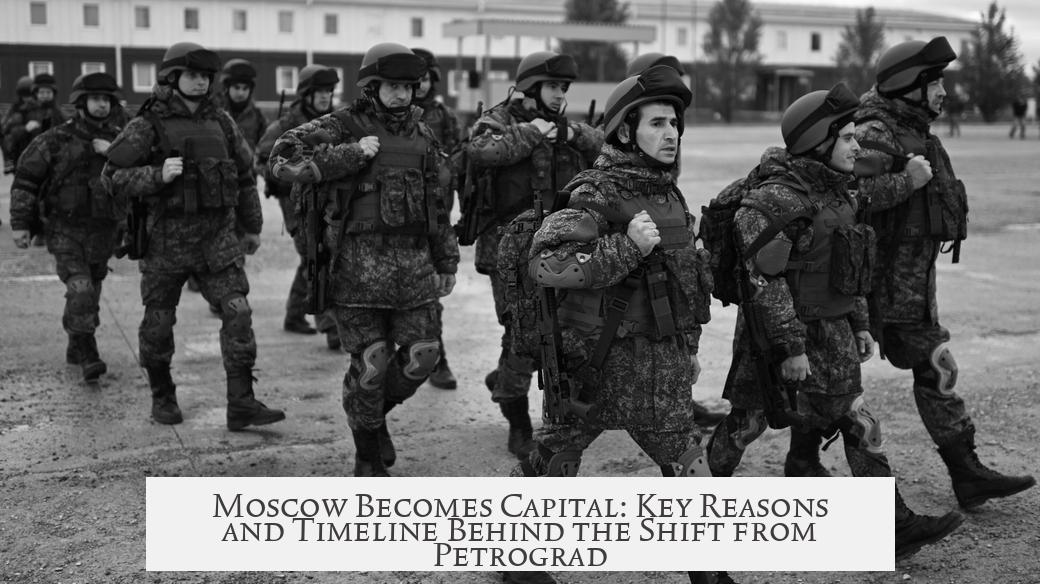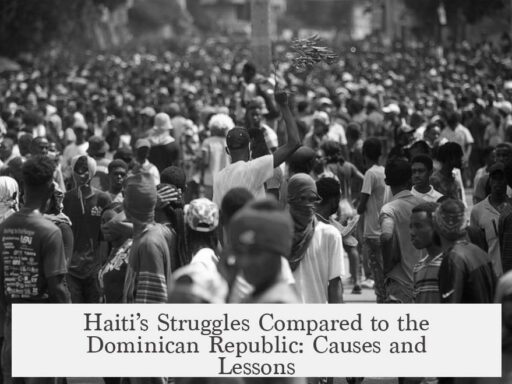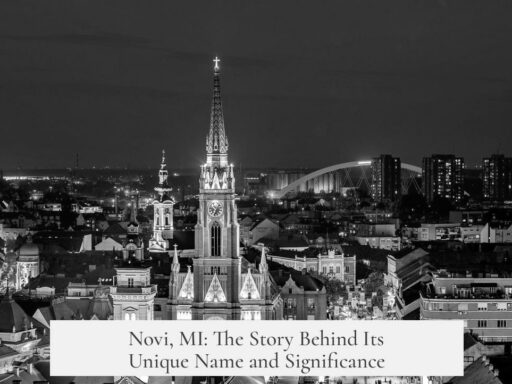The Russian capital moved from Petrograd (formerly St. Petersburg) back to Moscow in 1918 due to strategic, security, and historical reasons. This change addressed multiple concerns during a turbulent period of World War I and the Russian Revolution. Moscow’s inland location offered better defense possibilities compared to Petrograd, which was vulnerable to German advances and foreign intervention. Furthermore, Moscow held long-standing historical and spiritual significance as the original capital before Peter the Great relocated it in the early 18th century.

During World War I, Petrograd’s proximity to the German front made it a risky capital. In early 1918, after the peace talks between the Soviet government and Germany failed, the German army neared Petrograd’s outskirts. The city also became a gathering place for deserting soldiers and former officers opposed to the Bolsheviks, raising security concerns.
In response, Lenin and the Soviet leadership decided to move the capital on March 12, 1918. Moscow’s relative safety was a crucial factor: it sits well inland, far from the immediate front lines, and easier to defend from European powers. This was vital since Britain, France, the United States, and Japan sent troops into Russia during the civil unrest opposing the communists.
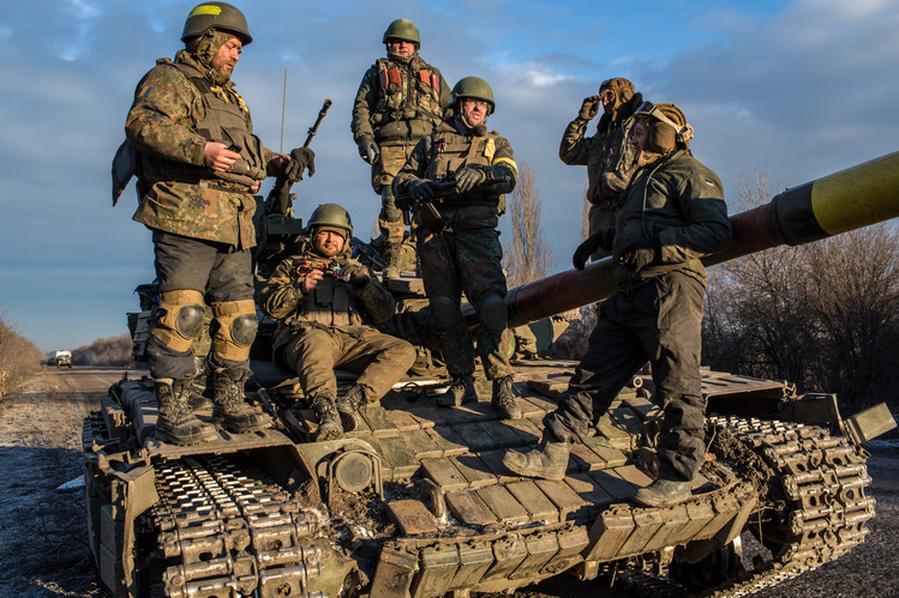
Moreover, relocating to Moscow symbolized a deliberate break from the czarist regime, distancing the new Soviet administration from the old imperial center. While Peter the Great had founded St. Petersburg in 1703 and made it the capital soon after, Moscow maintained its role as Russia’s spiritual heart and the center of the Orthodox Church.
The Bolsheviks’ move represented a return to Moscow’s historical prominence. It became the capital of the Russian Soviet Federative Socialist Republic (RSFSR) in 1918 and, later, in 1923, for the wider Soviet Union.

| Factor | Details |
|---|---|
| Security | Petrograd vulnerable to German advances; Moscow safer and inland |
| Strategic defense | Moscow easier to defend against Allied intervention forces |
| Historical importance | Moscow was the original capital and spiritual center before St. Petersburg |
| Political symbolism | Distancing Soviet government from czarist legacy centered in Petrograd |
- Moscow replaced Petrograd as capital on March 12, 1918.
- Security threats during World War I prompted the relocation.
- Moscow’s inland location was easier to defend.
- The move reinstated Moscow’s historical and spiritual role.
- It marked symbolic break from the czarist past.
When and Why Did the Russian Capital Become Moscow, Rather Than Petrograd?
The Russian capital officially shifted from Petrograd (formerly St. Petersburg) to Moscow on March 12, 1918. The reasons behind this move? A mix of strategic security concerns, historical roots, and political symbolism that made Moscow the logical—and safer—choice for the new Soviet government. Let’s unravel this fascinating chapter of Russian history with a mix of facts, context, and a touch of wit.
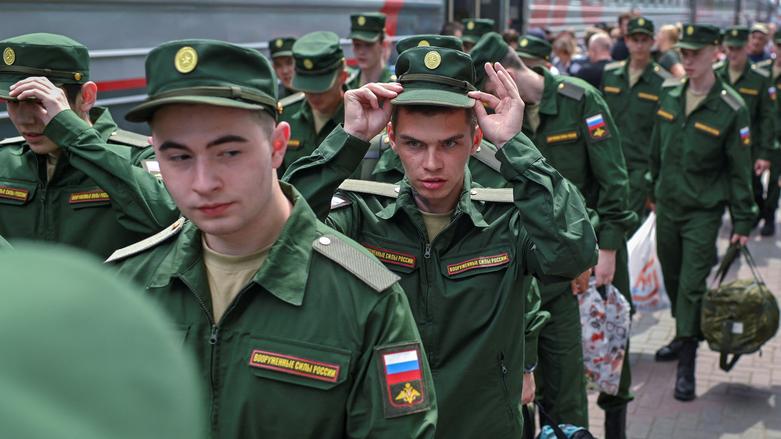
The Petrograd Predicament: Why Not Stay Put?
Imagine running a government perched right on the front lines of an advancing army. Not really the ideal situation, right? In early 1918, the German army was making serious moves. Peace talks between the Soviet government and Germany had collapsed, and the German troops approached dangerously close to Petrograd.
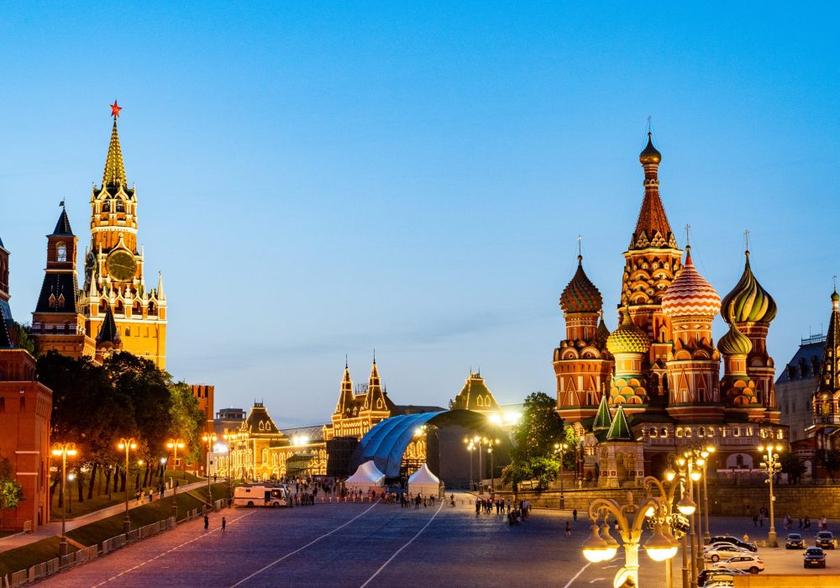
Adding to the chaos, Petrograd had become a magnet—unfortunately—for deserters from the battlefield, rebellious soldiers, frustrated sailors, and even White officers (those loyal to the old czarist regime). The city had turned into a powder keg of unrest and potential sabotage. For the fledgling Bolshevik government, security wasn’t just important; it was a matter of survival.
So the leadership thought: What if we moved somewhere safer? Enter Moscow.
Moscow: The Strategic and Historical Choice
Moscow was not some random pick pulled out of a hat. It was the historical capital of Russia before Peter the Great’s grand splash move to the newly founded St. Petersburg in 1703. While St. Petersburg was Peter’s “window to Europe,” Moscow retained a deep cultural and spiritual significance as the heart of the Russian Orthodox Church and traditional Russian power.
Its location inland, far from the western borders, made it naturally defensible. Unlike Petrograd, which lay only about 20 miles from the Gulf of Finland and the front, Moscow was nestled in the middle of Russia’s vast terrain. This buffer made it much harder for foreign armies—including the Allied intervention forces (Britain, France, America, Japan)—to reach.
From a military standpoint, moving the capital to Moscow was like retreating to the fortress’s keep after the walls had been breached—a smart defensive step.
Distancing the New Regime from the Old
It wasn’t just about safety. The Bolsheviks had a strong political motive to ditch Petrograd. After all, St. Petersburg (and its renamed Petrograd) was very much a symbol of the czarist regime. Peter the Great had used the city to push Russia toward Westernization and monarchy was centered there for more than 200 years.
For the new communist government, staying in Petrograd meant lingering too close to Russia’s imperial past. Shifting to Moscow was a clear statement: the Soviets were cutting ties with monarchy and aristocracy and building a new socialist regime rooted in Russian tradition and the “people’s city.”
The Timeline: Key Dates in the Capital Shuffle
- 1703: Peter the Great founds St. Petersburg on the Baltic coast, moving the capital there soon after.
- 1703–1917: St. Petersburg (renamed Petrograd in 1914) serves as Russia’s capital, symbolizing modernization and closeness to Europe.
- March 12, 1918: Soviet government officially relocates the capital back to Moscow.
- 1923: Moscow becomes the official capital of the Soviet Union.
The move to Moscow was relatively quick for such a dramatic change—just a few weeks after the German advance and the collapse of peace talks.
What Did the Move Mean for Russia Then and Now?
In practical terms, relocating the government’s nerve center enhanced its security during Russia’s turbulent civil war years. It also helped centralize power geographically, allowing better control over Russia’s vast interior.
Moscow’s deep historical and religious roots offered a sense of continuity—but reinterpreted under the new communist ideology. The city symbolized strength, endurance, and the “real Russia,” away from the European-facing façade of Petrograd.
Interestingly, even today, Moscow stands as the pulsating political heart of Russia, balancing modern governance with echoes of its historic legacy. Conversely, the Baltic-facing St. Petersburg keeps its role as the cultural and artistic jewel.
To Sum It Up: What Can We Learn?
Why did Russia’s capital become Moscow and not remain Petrograd? Because Moscow was safer, historically significant, strategically defensible, and symbolically better suited for the new Soviet regime. It was a bold, smart move in the face of war, revolution, and ideological change.
Consider this your lesson in how geography, history, and politics collide to shape national destinies. Next time you hear “Moscow,” remember it’s not just another city—it’s the result of a high-stakes decision amid upheaval.
So, what might be next for capitals worldwide forced to relocate? History shows us it’s rarely about fancy buildings or beauty—it’s about safety, symbolism, and strategy. And maybe, just maybe, choosing the right city can change a nation’s fate.
